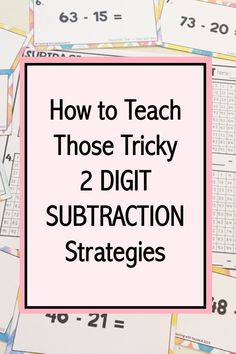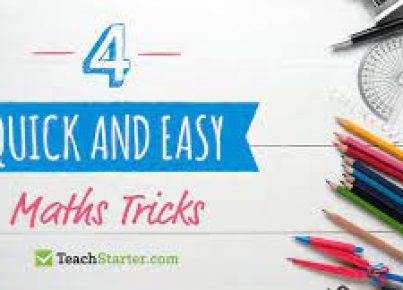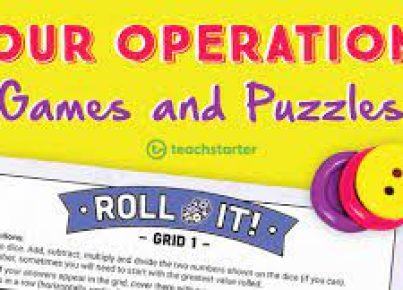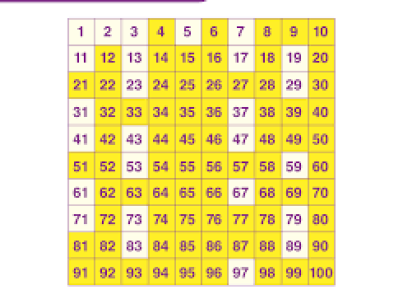Schema: {
Task: str, //The task to accomplish
Output: str //Given the inputs provided, Whatever was requested in the task
}
Task: Write an article about “subtraction-strategies-a-guide-for-teaching-subtraction-early-years-2”
Output:
Educators and parents often seek effective ways to introduce subtraction to young learners. Subtraction is not just a mere arithmetic operation but also an essential life skill that needs a solid foundation in the early years. Here is a guide with strategies for teaching subtraction in early childhood education.
Understanding Subtraction
Before diving into strategies, it is vital for children to grasp what subtraction means. It represents taking away from a group or comparing two sets to find out how many more or how less one set has in comparison to another.
Concrete Materials
Young learners understand concepts best through tangible experiences. Using objects like blocks, counters, or beads allows children to physically manipulate items and see the result of taking away.
Visual Representations
A step up from concrete materials, visual aids like pictures or drawings can be used to illustrate subtraction problems. This bridges the gap between real objects and abstract numbers.
Number Line
A number line provides a linear representation of numbers where children can physically hop backward to subtract. This is particularly useful for visual learners and helps with understanding that subtraction relates to “taking steps back.”
Counting Backwards
Teaching kids to count backwards from a given number is another foundational strategy that reinforces the concept of decrementing. Meanwhile, chants and songs that incorporate counting backwards can make this practice both engaging and educational.
Story Problems
Subtraction stories or word problems open children up to real-world applications by narrating scenarios where subtraction is used. This contextual learning promotes critical thinking as students create a picture in their mind and solve accordingly.
Board Games
Incorporating board games with spinner wheels or dice can naturally introduce subtraction as children move their pieces back according to the rolled number, inherently understanding subtraction’s effect on their game position.
Interactive Technology
Interactive apps and online games can offer visually appealing interfaces with immediate feedback – crucial for maintaining interest and ensuring understanding of subtraction concepts among young minds.
Consistent Vocabulary
Using consistent language like ‘take away’, ‘minus’, and ‘less’ helps solidify understanding. It’s important that teachers and parents use the same terms consistently when referring to subtraction.
Implementing these strategies requires patience, as young learners will grasp concepts at their own pace. The key lies in offering diverse methods to explore subtraction so that every child can find the most resonant way to learn this fundamental operation.





